What’s missing?
A Nation’s Paper: The Globe and Mail in the Life of Canada
by John Ibbitson [ed.]
Toronto: Penguin Random House [Signal], 2024
$34 / 9780771006289
Reviewed by Ron Verzuh
*
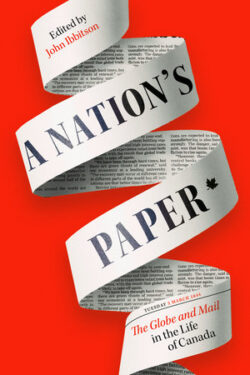
A long time ago, I had a feature article published in The Globe and Mail. The topic: Canada’s Vietnam War veterans. It was a fresh new angle on a war that no one liked, and Globe editors were quick to snap it up. They prided themselves on being first. Strangely, that war is absent from a new book commemorating the daily’s 180th year.
The Globe has long been Canada’s high-brow daily read with the business community snatching up the Report on Business hot off the presses. It fancied itself “Canada’s National Newspaper” from as far back as the early 1980s when I started reading it regularly. But despite the 30 accounts of its successes and failures in this commemorative book, it was often seen as out of touch with everybody outside Toronto and Ontario.
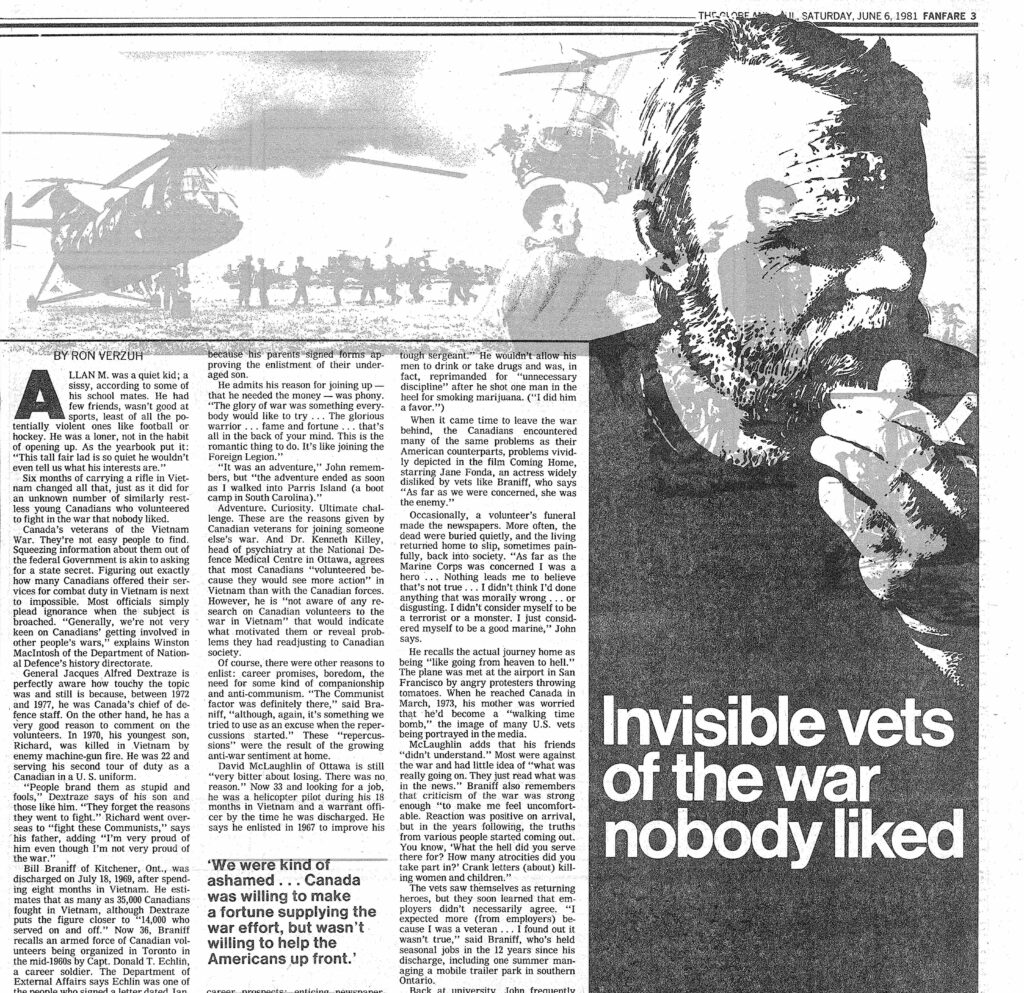
So perhaps it’s not surprising that there is no chapter on the Pacific Province. Oh, there is plenty here on the “West,” but in Globe geography the West stopped at the Rockies. There are a few references to BC events. The notorious 1914 Komagata Maru affair, for example, when a shipload of Sikh refugees were refused entrance at Vancouver. By the way, it’s not indexed.
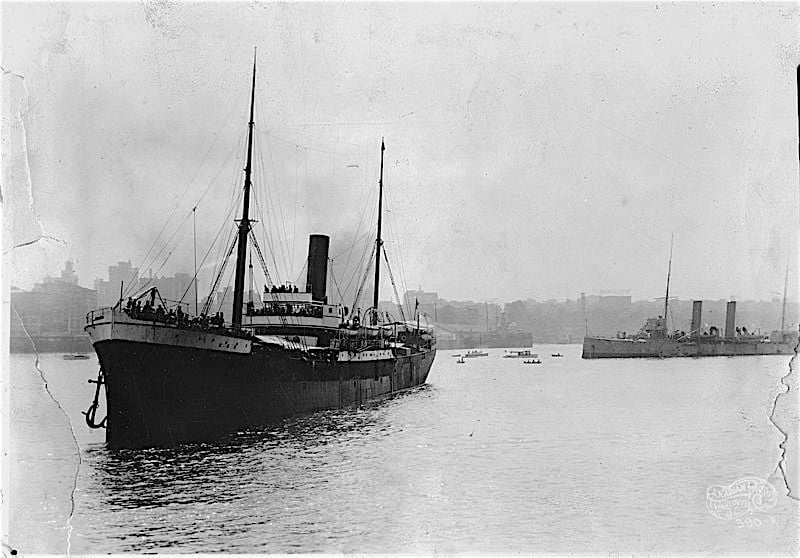
Greenpeace is mentioned as it starts its global environmental journey in BC. Clayoquot Sound is also mentioned in a strong chapter on the fight against global warming. Former BC-born prime minister Kim Campbell gets quoted elsewhere. Asian rail workers are recognized, as is the Race Riot of 1907, but there is nothing on the BC Solidarity movement of the early 1980s. The Mackenzie-Papineau Battalion of volunteers to the fight against fascism in Spain in the late 1930s is completely sidestepped. Many of them, perhaps a majority, were from BC.
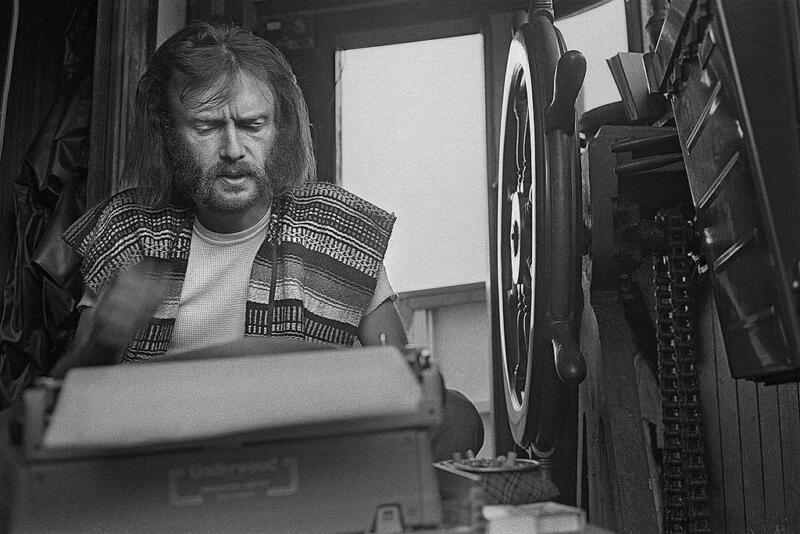
Compared to other provinces, we seem to get short shrift in the selection of Globe highlights. Or maybe I’m feeling we deserved more. Other events have gone missing, too, in this journalistic account of a newspaper that was founded in 1844 as a four-page weekly by George Brown, a Liberal and Father of Confederation. There is no chapter on Canada’s counterculture with its anti-Vietnam War movement. Not enough on our unique universal health care system. First Nations, Inuit, and Metis are included with The Globe once supporting “a policy of assimilation, a policy that the Truth and Reconciliation Commission later called cultural genocide.”
The labour movement merits a full chapter, but focuses on only one strike. No, it is not the 1919 Winnipeg General Strike, probably the most significant labour action to date. But it is a good chapter on the 1937 General Motors auto strike in Oshawa, Ontario. As with other chapters, the writer doesn’t shy from pointing out the paper’s negative side. It “was in the thick of this momentous chapter in labour history, taking a strong anti-union stand in editorials.”
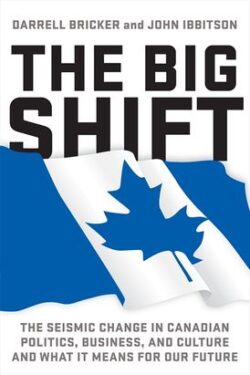
The Globe was often quick to side with employers and against working people or at least against their unions. I was reminded of my time on the staff of a big union. Trying to get even our name into the paper during disputes was near impossible. The paper ended what was then known as the “labour beat” back in the mid-1980s, but until then it gave readers some excellent coverage first with columnist Wilf List, who gets mentioned, and then with Lorne Slotnick.
The chapter describing the process of selecting Globe photos is educational. Some readers will recall the front-page image of Progressive-Conservative leader Robert Stanfield fumbling a football on the eve of a federal election. That image helped him lose. A chapter on letters to the editor, one on crime reporting and another on Africville, the Halifax Black community that was bulldozed, are all wonderful flashbacks. There is an exciting chapter on the historic Toronto newspaper rivalry that saw the Telegram end and the conservative National Post of Conrad Black emerge along with the tabloid Sun. The editorial writing chapter is also instructive as is the one on sports writers like Scott Young and Dick Beddoes.
In some instances, The Globe missed the boat. Even though it hired some of Canada’s first female journalists, it took decades for the misogyny of the newsroom to clear a path for women’s equality. Female reporters in the early days “used male bylines and regularly went uncover as men.” One depiction of what they faced is effectively portrayed in the TV series “Good Girls Revolt,” about Newsweek. The experience was similar in most newsrooms in North America.
All the chapters or essays are well-written. That’s a given. All touch on historical events, but the writers are not historians. Consequently, readers should expect a series of newspaper features centred on the paper’s role. The book doesn’t pretend to be history but the writers often cite historical accounts. All the writers point to today’s Globe having advanced beyond its roots to become more inclusive in staffing and coverage.
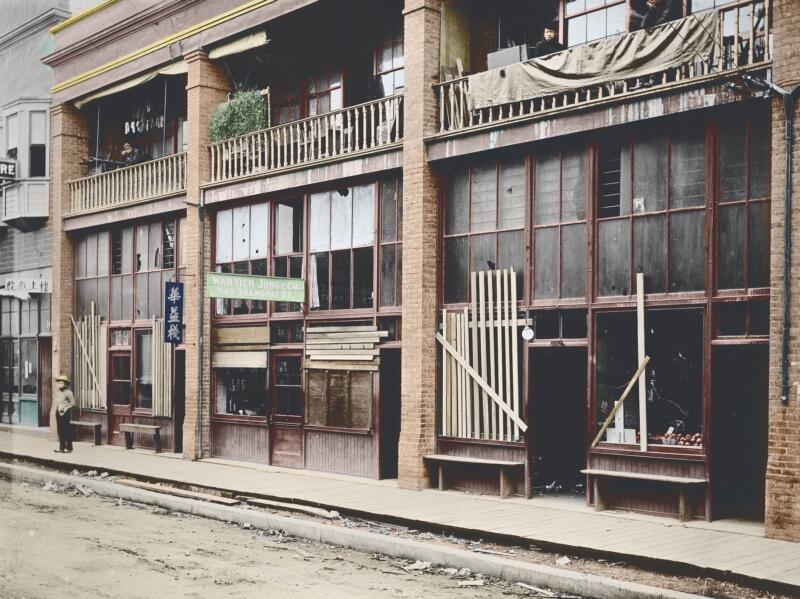
The Globe has always had top-notch reporters and columnists (a bit too right-wing in some cases). As one chapter points out, it has also been ahead of other news organizations in covering world events. One chapter covers the paper’s China correspondents. This is a coveted assignment and was exclusive to the Globe after 1959 when the Beijing bureau was opened with a mandate to cover Red China. Successive reporters supplied other news organizations, “lending The Globe and its correspondents global importance.”
I’m sure the book’s editor John Ibbitson is cursing himself for overlooking my feature article on the Vietnam vets. Perhaps it will find a spot in new editions depicting the life and times of a great Canadian newspaper despite all its flaws and editorial misjudgments. Nonetheless, George Brown would be happy that his paper has grown and matured into an influential national voice. A voice for who, you ask? Well, that will be up to the readers. Some in BC might not feel it is as loud a voice as it should be.

*

Ron Verzuh is a writer and historian. [Editor’s note: Ron has recently reviewed books by Bob McDonald, Rosemary Cornell, Adrienne Drobnies, and Tim Bray [eds.], Derek Hayes, George Galt, David Lester and Marcus Rediker with Paul Buhle, and David Spaner for The British Columbia Review.]
*
The British Columbia Review
Interim Editors, 2023-26: Trevor Marc Hughes (non-fiction), Brett Josef Grubisic (fiction)
Publisher: Richard Mackie
Formerly The Ormsby Review, The British Columbia Review is an on-line book review and journal service for BC writers and readers. The Advisory Board now consists of Jean Barman, Wade Davis, Robin Fisher, Barry Gough, Hugh Johnston, Kathy Mezei, Patricia Roy, and Graeme Wynn. Provincial Government Patron (since September 2018): Creative BC. Honorary Patron: Yosef Wosk. Scholarly Patron: SFU Graduate Liberal Studies. The British Columbia Review was founded in 2016 by Richard Mackie and Alan Twigg.
“Only connect.” – E.M. Forster
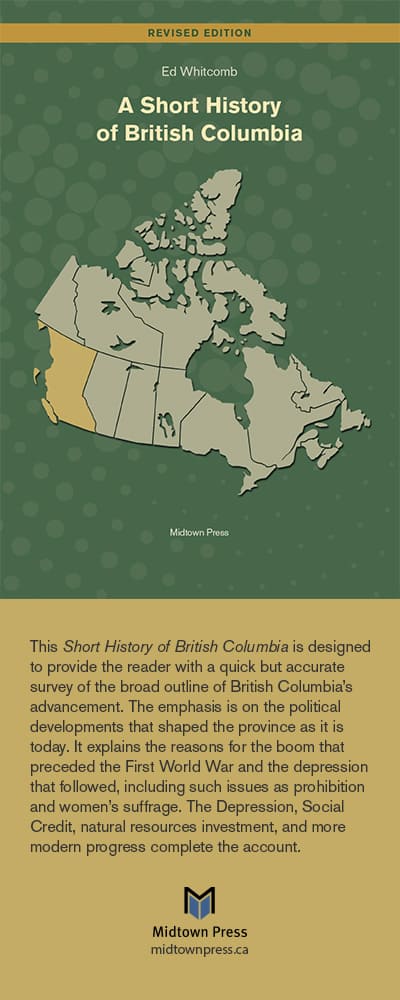
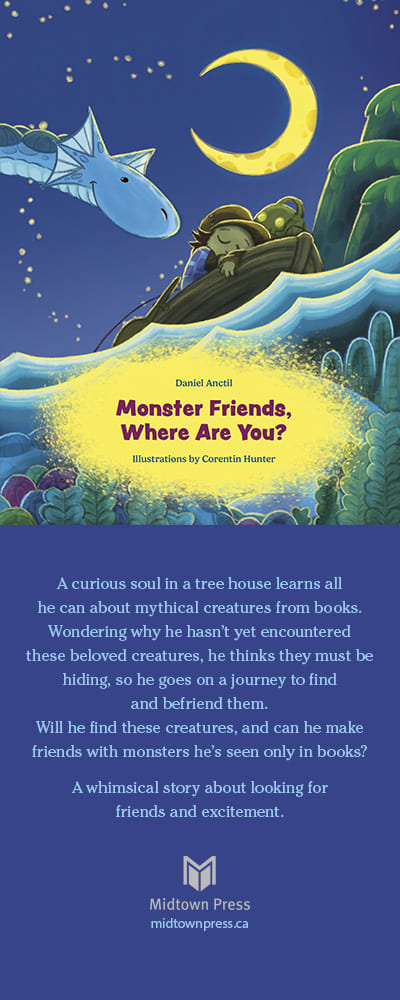


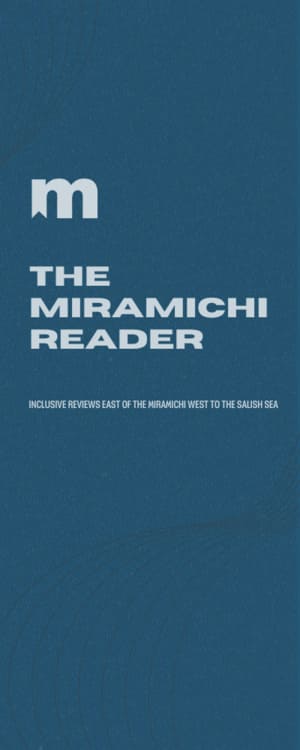
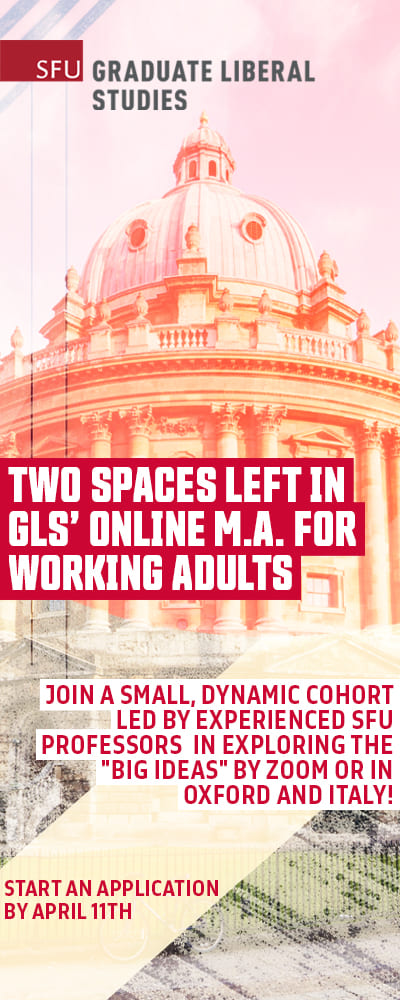
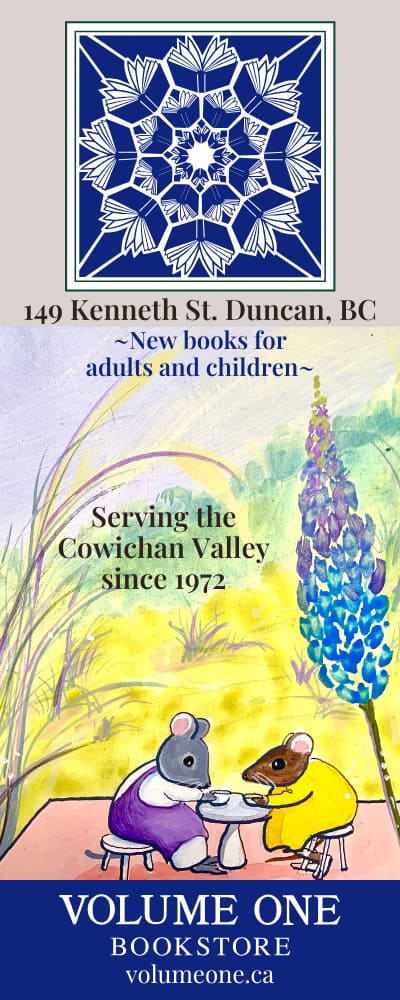
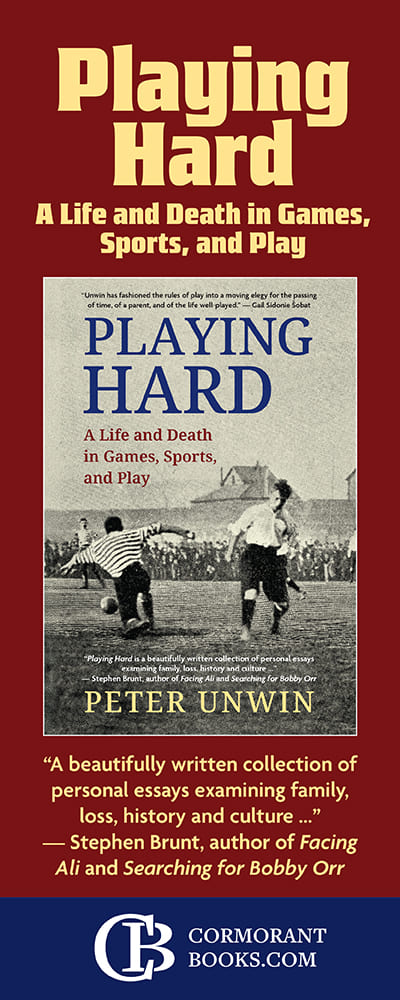
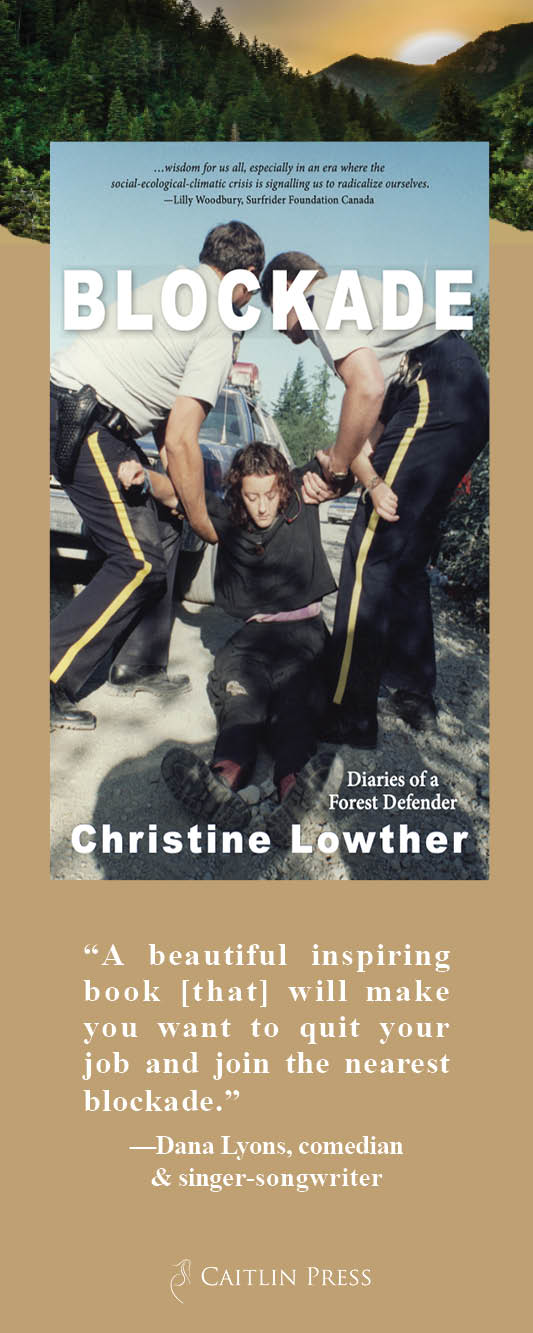

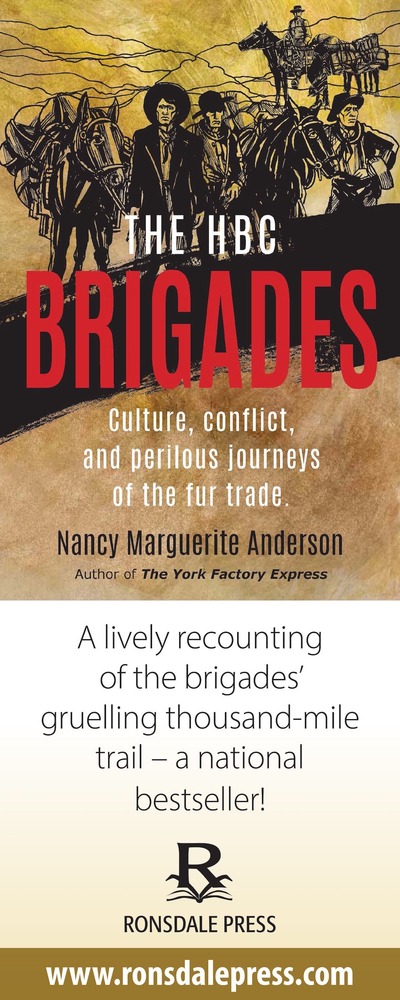

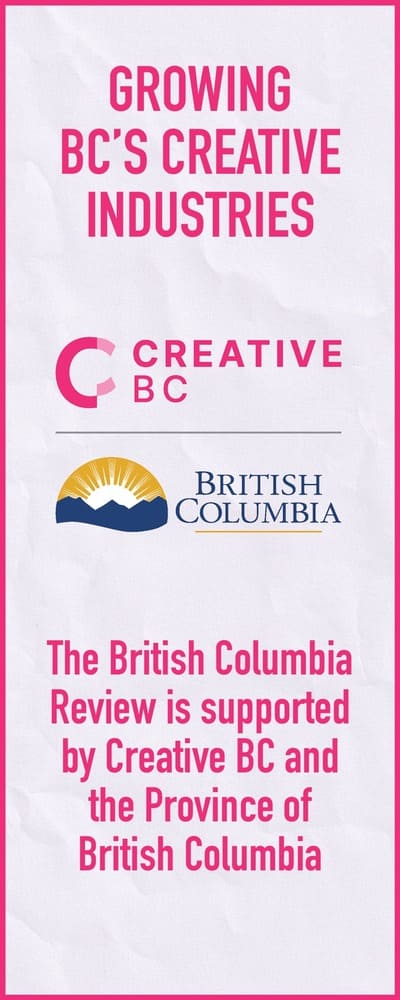

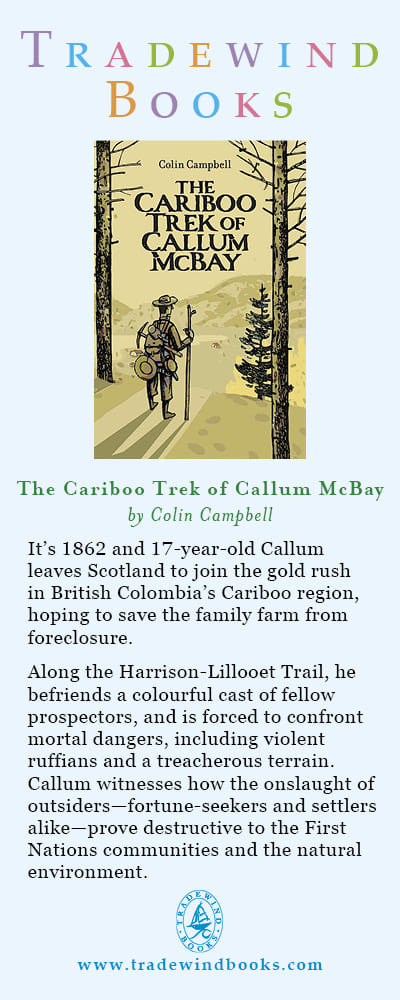
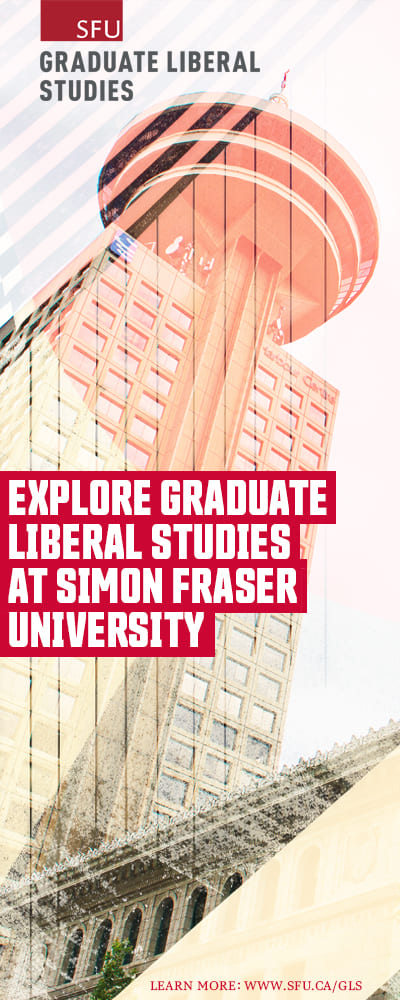
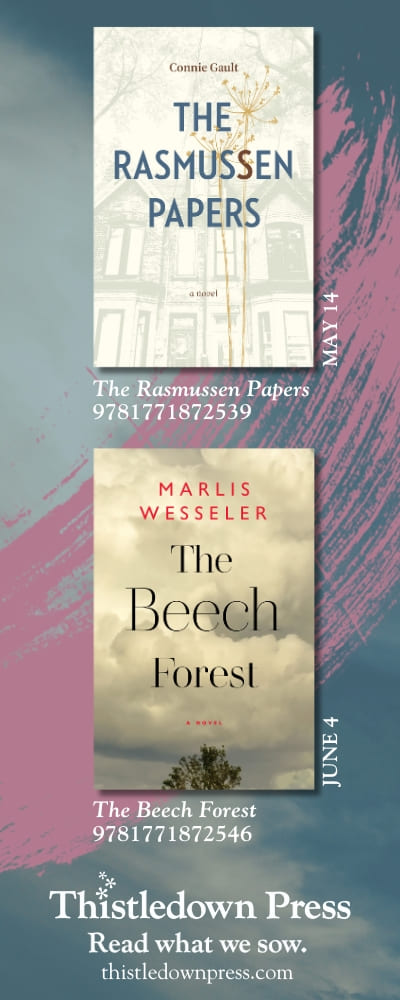




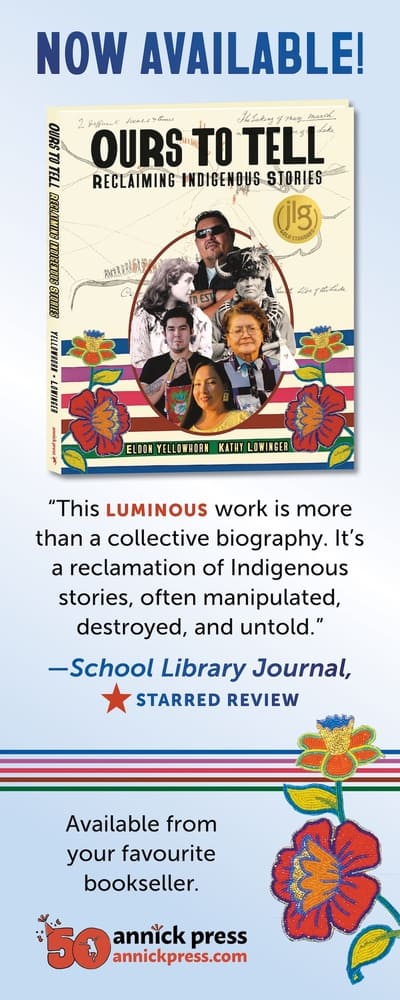
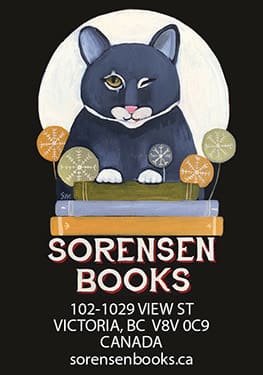

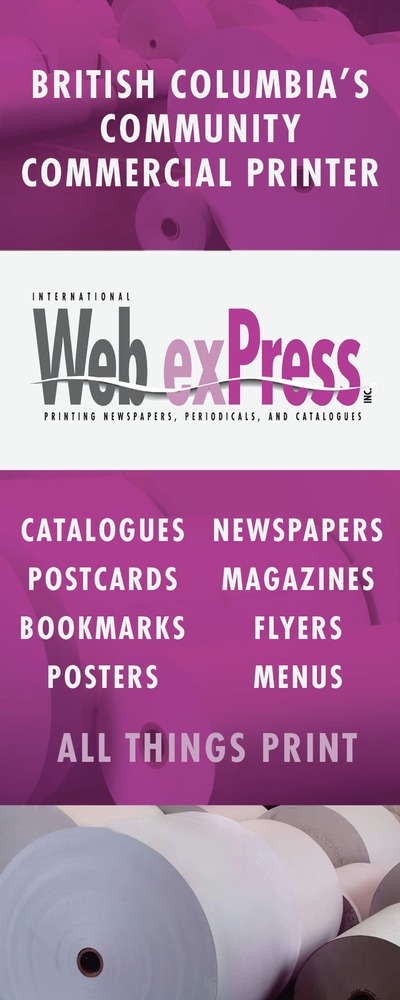

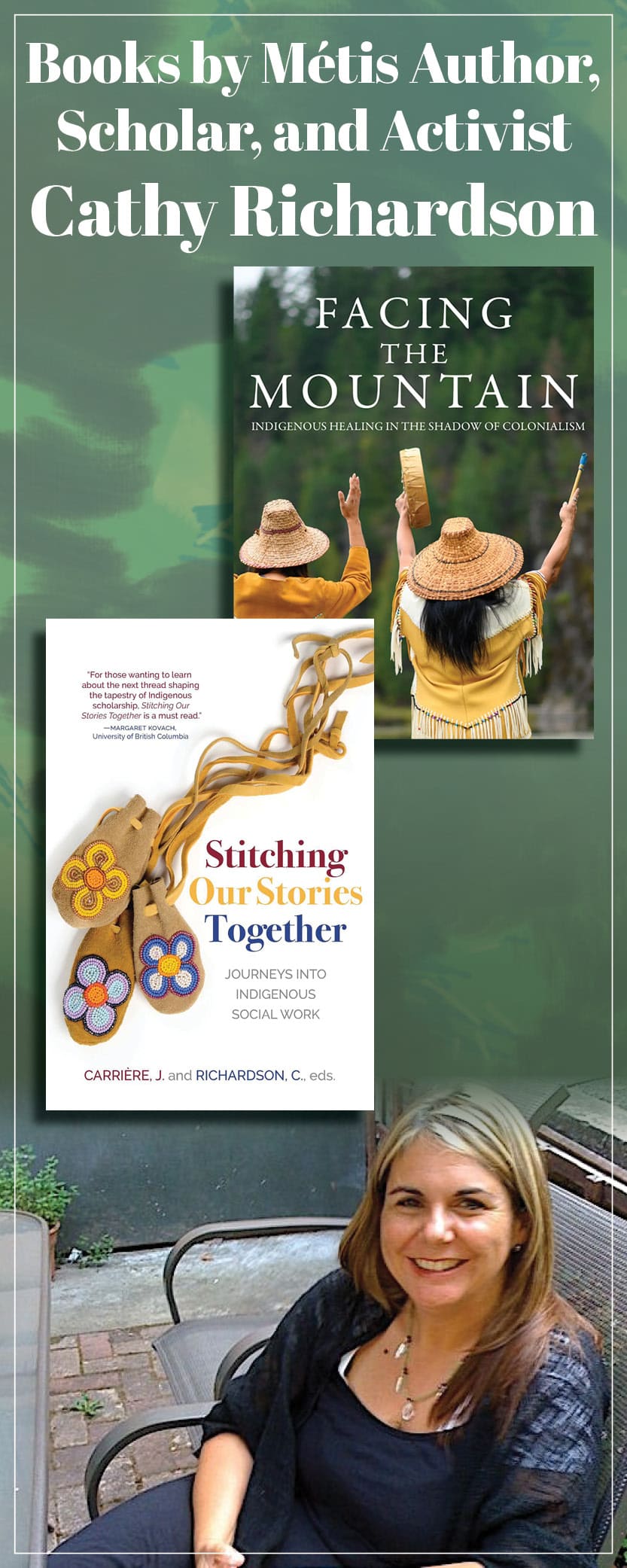
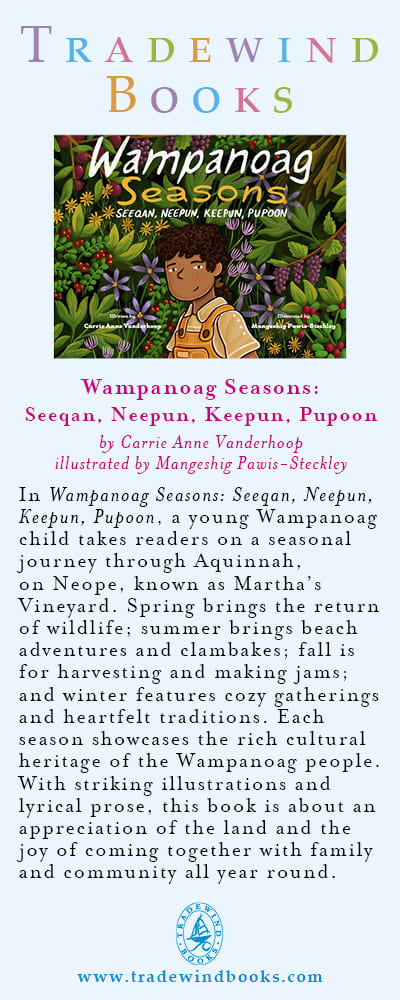
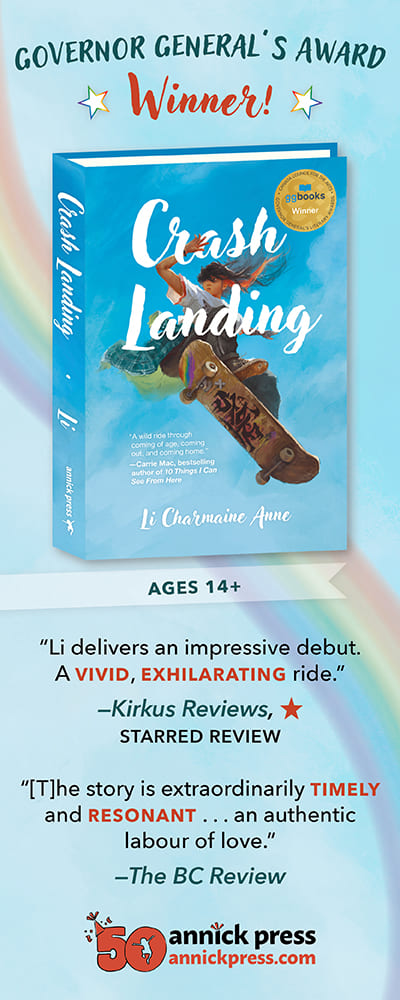
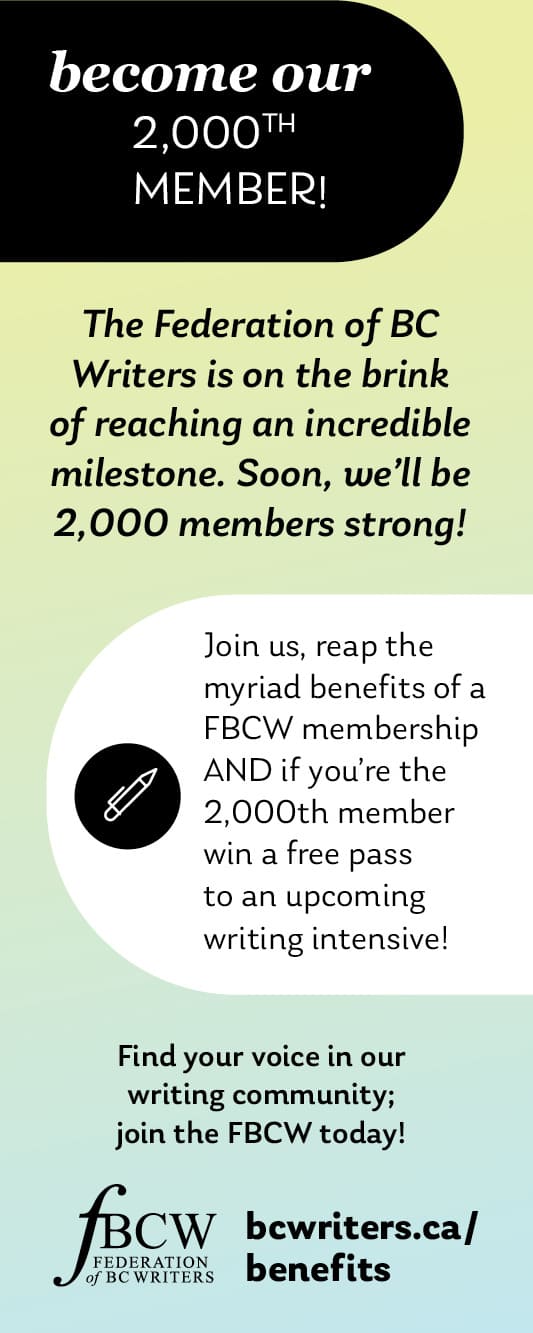
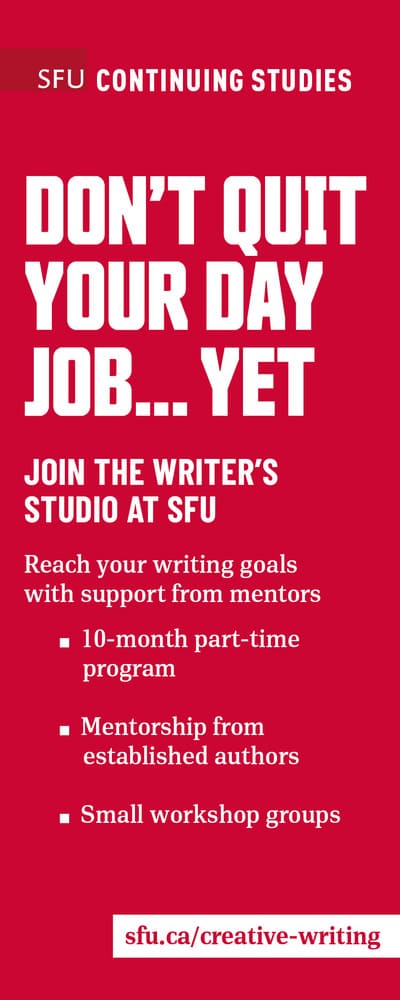
4 comments on “What’s missing?”
Thank you for Ron Verzuh’s thoughtful critique of the Globe and Mail’s implicit autobiography. Ron rightly points out significant omissions, particularly regarding B.C.
His frustration with the book’s limited coverage of the Pacific Province echoes broader concerns about national media centralization in Toronto. Ron’s discussion of the Komagata Maru and the exclusion of the BC Solidarity movement underscores the book’s selective historical lens.
These shortcomings reveal how historical narratives can be shaped—and limited—by editorial choices. His anecdote about the absence of his Vietnam War veterans’ article denotes a broader issue: the stories that shape Canada’s history are diverse, but editorial decisions can diminish that variety.
This collection suffers under the insufferable Ibbotson. While William Thorsell was there he encouraged and developed Pacific coast personalities and writer/thinkers like the recently passed Stan Persky, and Susan Musgrave, some of whose columns were absolutely delightful and radical. The G & M even developed a west coast edition around that time (circa 1995- 2000).
This book was the best they could come up with? Yikes!
Such an approach might have provided a nice little bounce in the past for their bank account, but now they are aced by blogs, podcasts — and better writing!
Have a happy new year Ron Verzuh — and thanks for all the good reviews. About that little 43 year-old piece you wrote for them…it served its purpose.
BTW in the 80s I too did features for the G & M (as well as the Star), usually book reviews, believe it or not. Yah, I know: a real stretch. Ha!